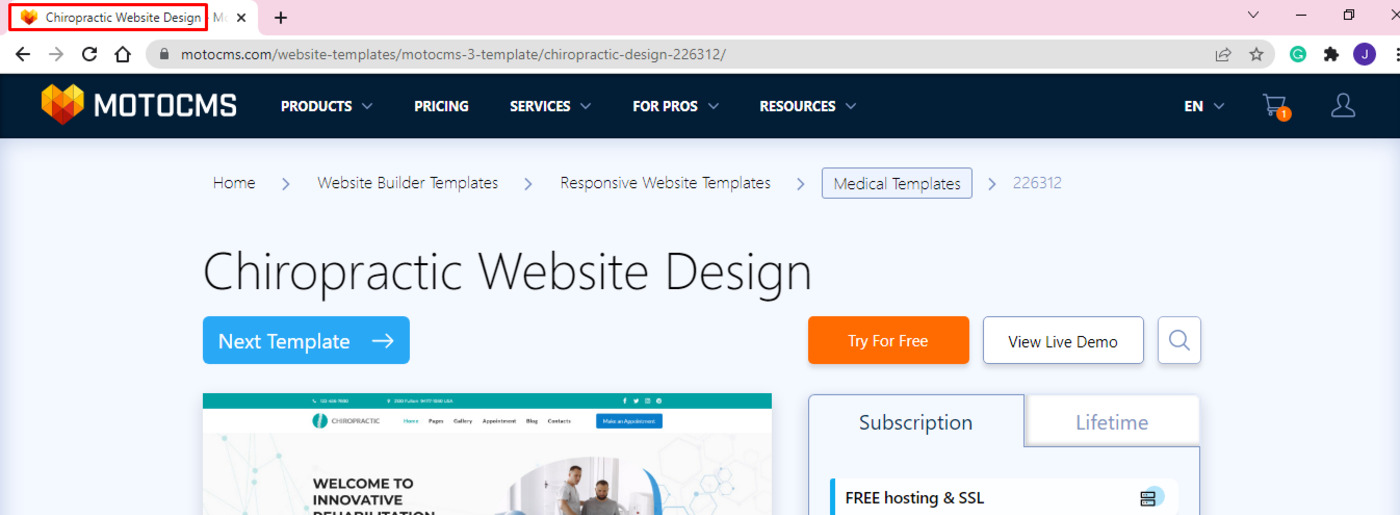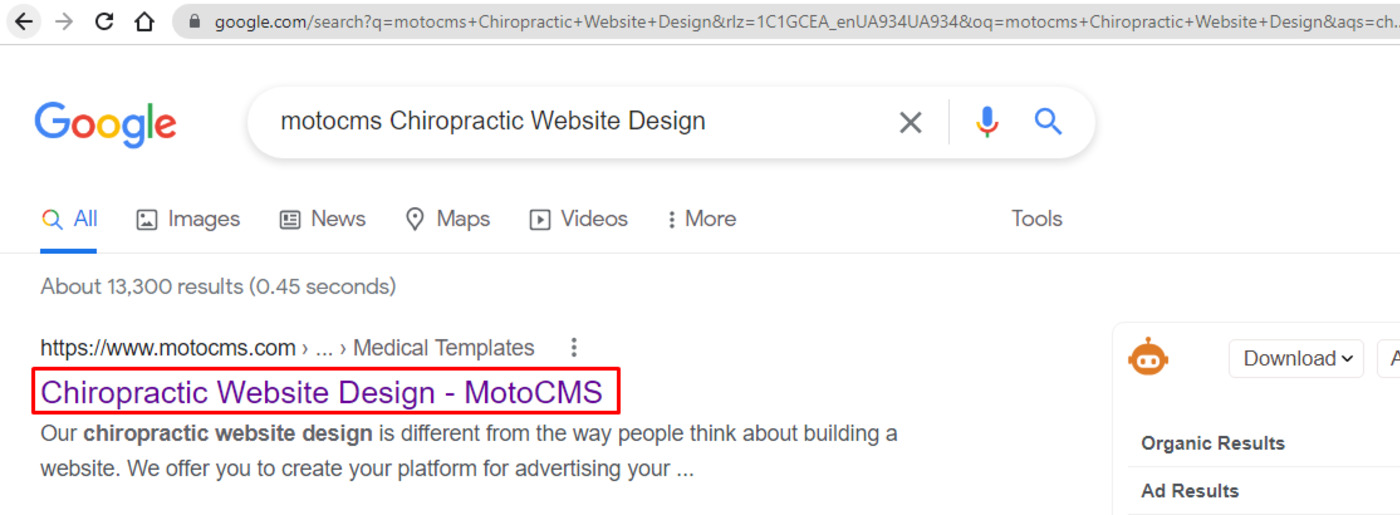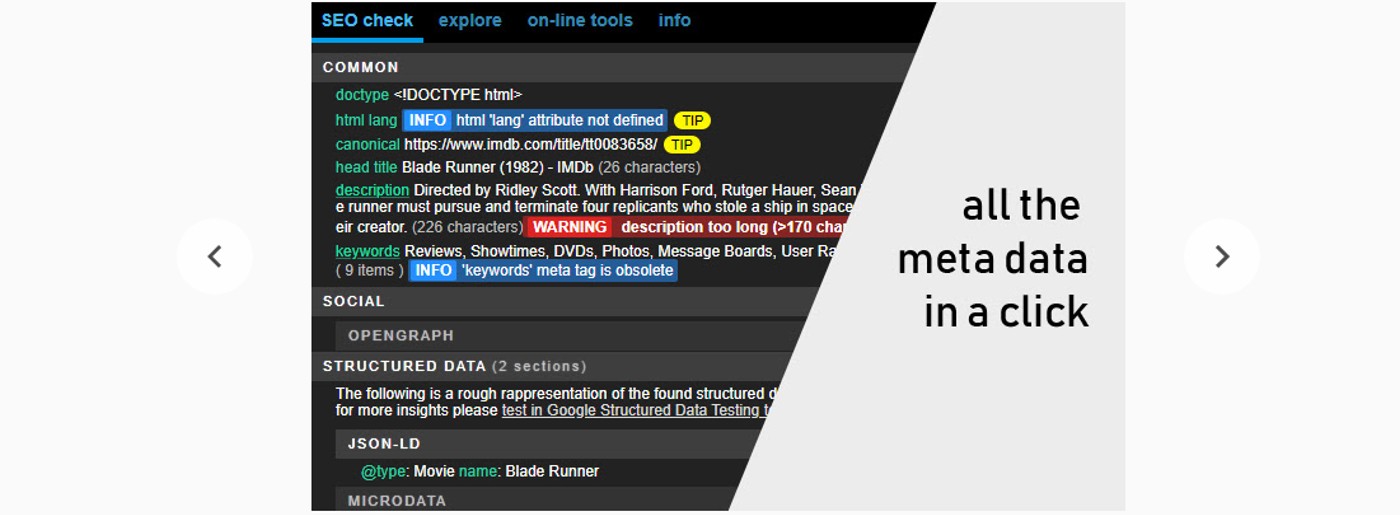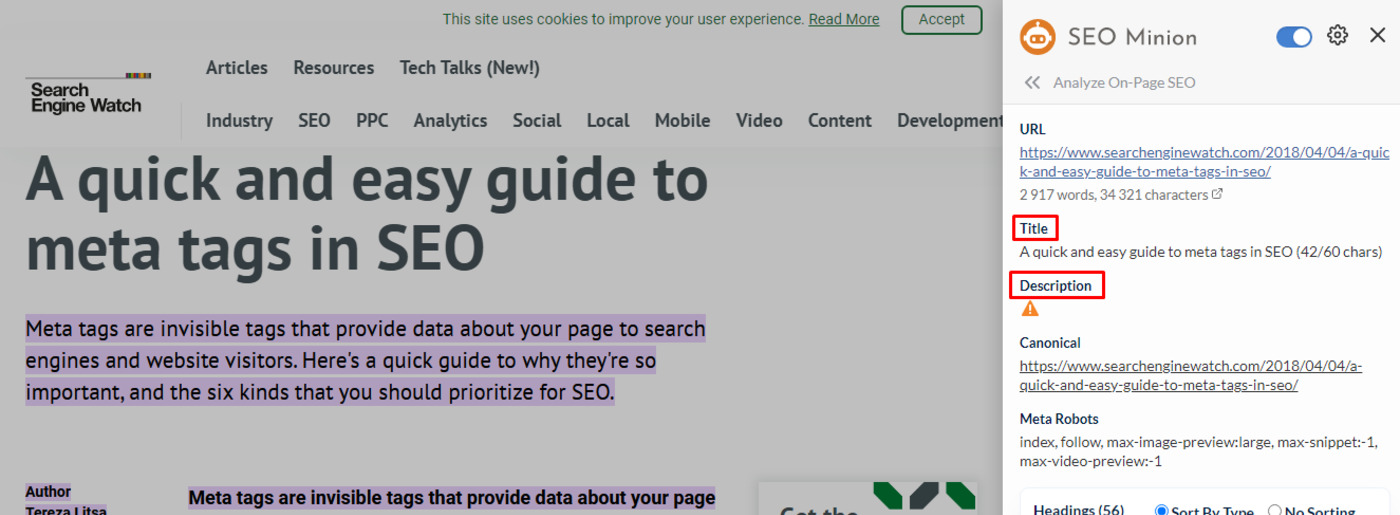Meta Data for SEO – Tutorial On How to Create It With Examples
Do you want to figure out finally what website meta data is and how to create it right? Check out what we prepared for you. In this tutorial, you’ll learn what website meta data is, how to create the best meta data for SEO purposes, and see real meta data examples. After reading the information provided by our specialists, you’ll certainly boost your SEO skills in the area. If you follow our advice and implement the practices we share, posting your next webpage will be maximally effective.
What to Know about Meta Data and SEO
In the most general understanding, meta data is data about data. When speaking closer to our main focus, it’s all about creating and providing structured meta data about a webpage by particular meta tags, which are part of the code’s head section. Meta data provides a description to search engines and website users that is their first impression in many cases. Meta tags help search engines categorize web pages and understand how to treat them. Also, Google and other search engines use meta data in their ranking algorithms. That is why the best SEO practices (Search Engine Optimization) include the proper treatment of meta tags to boost website rankings.

Meta Tags: Most Distinct Attributes
Meta Title
The title meta element is a web page title. The Title attribute is the most important piece of meta data for SEO supported by all browsers and the second most crucial web page aspect after relevant quality content. Title tags are the best marketing tools as they stand between users and your webpage content. Apart from serving essential internal (not directly seen for you or website users) purposes for search engines, including rankings, classification, etc., meta titles help influence user behavior. Their goal is to attract your audience and make them go to your page or react how you want. Meta titles turn out as the titles of search results entries in SERP, open browser tabs names, and on social media page links. See the results from the MotoCMS Chiropractic Website Design:


Meta Description
This attribute represents a brief summary of a web page. The meta description can influence CTR (click-through rates). It effectively complements the meta title. It’s fair to mention that, unlike other search engines, Google pays less attention to meta descriptions and may generate its own description in search results based on the user’s query by pulling it from your content. However, it doesn’t mean you shouldn’t make up unique meta descriptions for your web pages. Bearing that in mind, make sure that other elements of meta data for SEO are seamless.
If you aren’t sure you can cope with SEO on your own, you can always ask professionals at Shout SEO Sydney service for help and ensure you get quality results.
Meta Robots
These meta elements help search engines understand how to treat your page (index or not; follow the link or not, etc.). They are among the best factors to improve your website’s crawlability.
Meta Keywords
They are no longer factors that influence good SEO results for a website as most search engines don’t use them as meta data for SEO.
Other Essential Attributes
Alternative text (Alt) Tag. This meta element helps search engines see pictures.
Canonical Tag. This meta tag helps identify the main page among duplicate URLs. You can avoid unwanted indexing.
Hreflang Tag. This tag is really helpful for international activity – for websites with several versions in different languages. It helps choose the right language according to visitors’ location and other properties.
Social Media Meta Elements. These tags include Open Graph tags to facilitate integration between your website URLs and Google, Facebook, and LinkedIn and Twitter Cards for Twitter only.
How and Where to Find/Put Meta Data for SEO
If you want to find or check metadata on any website, right-click on a web page and select View Page Source in the menu. Look for them in the head section. Meta titles look like this: <title>How to Create Meta Title: Only Best Practices and Tips</title>. Example of meta description: <meta name=”description” content=”Use the meta description as an enticing short summary of your website’s content – relevant information only. You’ve got up to 160 characters. Give it a go!“>
Now let’s switch to the options that don’t require digging in the HTML code or creating it. The first way which enables us to see meta tags is by utilizing special tools like metadata checkers we’re going to talk about later.
To fill in metadata fast and easily without coding, opt for Moto’s products. The MotoCMS templates offer state-of-the-art SEO optimization opportunities in our recently redesigned Admin Panel. Now you can easily create the best meta data for SEO purposes, including meta titles, descriptions, robots, and other tags that influence SEO at least somehow. It also ensures that your URLs are Google-friendly. Generate useful outputs, set up tools to keep track of your website’s progress results, and check out much more capabilities sharing simplicity, fast speed, and outstanding performance as standards. No coding experience is required. To thoroughly examine its capabilities, go for your fantastic opportunity of trying it out for free. For increased visuality and details, please, go to our thorough MotoCMS 3 SEO Optimization guide.
Meta Data for SEO – Best Practices and Rules
For making meta data for SEO marketing results and better rankings, follow these effective SEO tips and rules:
- Meta data for SEO has to take second place after the unique, high-quality content of your web page.
- The meta title and description content has to be unique (especially the metadata of the most strategic web pages) and should match the search intent.
- The text in your meta tags mustn’t deceive people because you should achieve long-term user interactions rather than the instant click-through rates rise, jeopardizing your website’s future.
- Mind the length of the text in the meta tags. The length may vary according to the kind of prevailing devices that visitors use to browse your website – the more mobile, the shorter titles. However, if we do need to speak in numbers but regarded as far from being accurate, typical recommended lengths are: meta title – under 60 characters (a 600-pixel width limit), preferably, not less than 35; meta description – 150-155 (very approximately), and maximum 120 characters for mobile search results. Here, metadata checkers (see further) can serve you better than character counters.
- Use the primary (preferably, toward the front) and, if possible, secondary keywords in the meta title. Avoid keyword stuffing. You may also include your brand name for some more recognizability. Other smart choices to add include short catchy constructions with ‘How to,’ ‘Top/Best,’ ‘Free,’ etc. Where applicable, you can add the year.
- Insert the primary and, if possible, secondary keywords in the meta description. Also, CTAs (calls-to-action) are perfect for this meta element. Active voice is preferable here.
- Alt text should be short and informative – up to 55 characters.
Free Website Meta Data Checkers
Most of the practices given above are integrated into up-to-date automated solutions guaranteeing the work of meta data for SEO best performance. Let’s have a look at popular metadata checkers – Google Chrome extensions META SEO inspector and SEO Minion – and see what functionality they have.
META SEO Inspector
META SEO inspector is a tool created mainly for web developers. It analyzes essential SEO-related meta data information in one click. The extension reports in the format of red warnings, explanations, and tips where it finds incorrect metadata. It’s excellent for quick HTML checks.

SEO Minion
SEO Minion is Chrome- and Firefox-based extension which main focuses are on-page SEO analysis, SERP preview, and broken link checking. On-page SEO covers all metadata checks, including robots, Open Graph tags, and alt attributes, as well as more specific hreflang tags, etc. The link checker analyzes the entire sitemap to identify any errors. Also, it features a special broken links checker. The handy SERP preview concerns the meta title and description, which saves you much time and effort. Among other splendid features, there are Google Search Location Simulator and Download PAA (People Also Ask).
Real Meta Data Examples
Let’s find an example of meta description among our latest MotoCMS template web pages and analyze it. In the section of one-page templates, the newest is the Wedding Card Design Website for Wedding Invites. Let’s see the results of on-page SEO optimization SEO Minion offers us:
The only concern is the amount of meta description. 150 characters is a limit for SEO Minion, but 165 is a top limit in many other sources, including META SEO inspector.
In this e-Commerce template, we can see the same inconsistency in limit numbers which doesn’t do any harm to the web page in the SERP. That’s why we repeat again that the length of meta titles and descriptions is significant but can’t be strictly given. However, we recommend SEO beginners follow the numbers SEO Minion suggests because they are the least harmful.
As for the content of the meta data, you can see that the titles represent the names of the templates, which contain primary keywords complemented by our brand name if the length permits. The meta descriptions have relevant information with CTAs as well as enticing freebies to promote the interest. And URLs are Google-friendly.
Now let’s have an experiment with a third-party web page and search for the primary keyword of this blog post – “meta data for SEO.” The first entry shows abrupt, broken texts in the title and snippet. Let’s move on to the web page.


SEO Minion shows us that the title is too long. The last word in the meta title is displayed as “…,” and the authors didn’t create the meta description; that is why Google generated the snippet from the content. Such an approach to SEO optimization in the article about metadata for SEO seems extremely weird.
Brief Summary of Other Effective SEO Practices
Optimize your metadata and be careful with the aspects mentioned below to boost your SEO results.
- “Content is King” (Bill Gates, 1996).
Do not use irrelevant content. Don’t underestimate headlines. Do not write lengthy introductions. Avoid keyword stuffing. Do not be too smart for your own good. Create a readable structure with headings, lists, and other dividers.
- Do NOT duplicate.
Neither visitors nor search engines like when you cheat them, especially with plagiarism. Be serious about the originality and be careful with intentional and accidental repetition. Don’t duplicate content and metadata.
- Conduct research of your target audience.
Don’t forget that your website is supposed to meet visitors’ expectations of relevant information. If you don’t know anything about your target audience, you are to fail.
- Ensure your website’s fast performance.
A slow experience can keep your visitors away. Nowadays, patience is not the feature that you can rely on when it comes to gaining some information on the Internet or just surfing the net. Your website’s slow performance can cause damage to your website rankings. The optimal page load time has to be 3-5 sec. Visitors won’t hesitate to follow another site’s link when your website or page is downloading very slowly.
- Treat your URLs respectfully.
Balance the usage of linking. Deal with orphan pages, broken links, and dead-end pages on your website. Replace, heal or remove any broken link. Dead-end pages can deeply annoy your visitors. Utilize reliable analytical SEO tools for your website audit. Make sure your URLs are user- and Google-friendly.
Or utilize expert help from those who know all SEO tricks and stay up to date with fast changes in this field. Learn more about the top-notch On-Page SEO Optimization Service for Websites by MotoCMS.







Leave a Reply